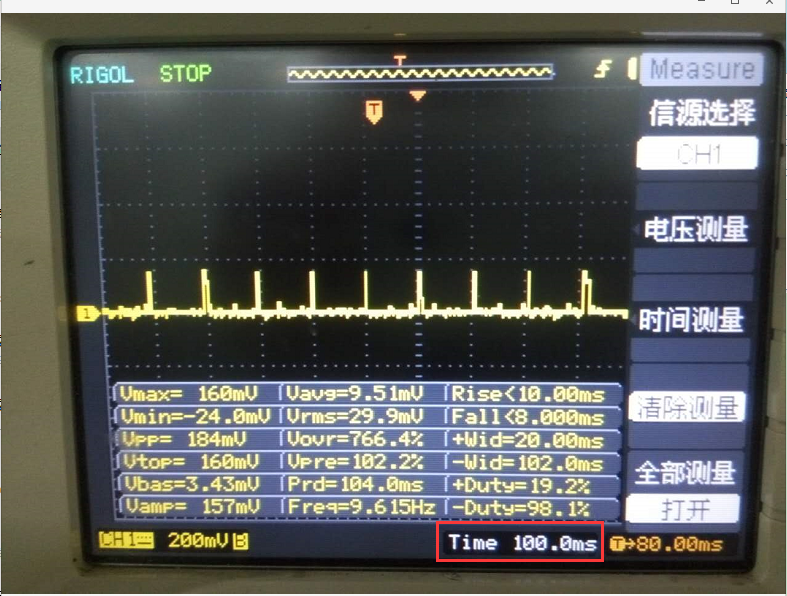Hi,
With SDK 1.3.0 and servicepack_1.0.1.11-2.9.0.0, using the example idle_profile with the following code change. The purpose is to set long sleep interval as 800ms.
But it seems get 100ms beacon interval as the oscilloscope showed as below:
Since API for long sleep interval has been changed in SDK 1.3.0, please let us know whether the above API call is correct.
If we use NORMAL PM policy and read PmParamSet.MaxSleepTimeMs with API sl_WlanPolicyGet, it returns 1.
Suppose it should be 100, Please comment, thanks.
Regards,
Yonghua



